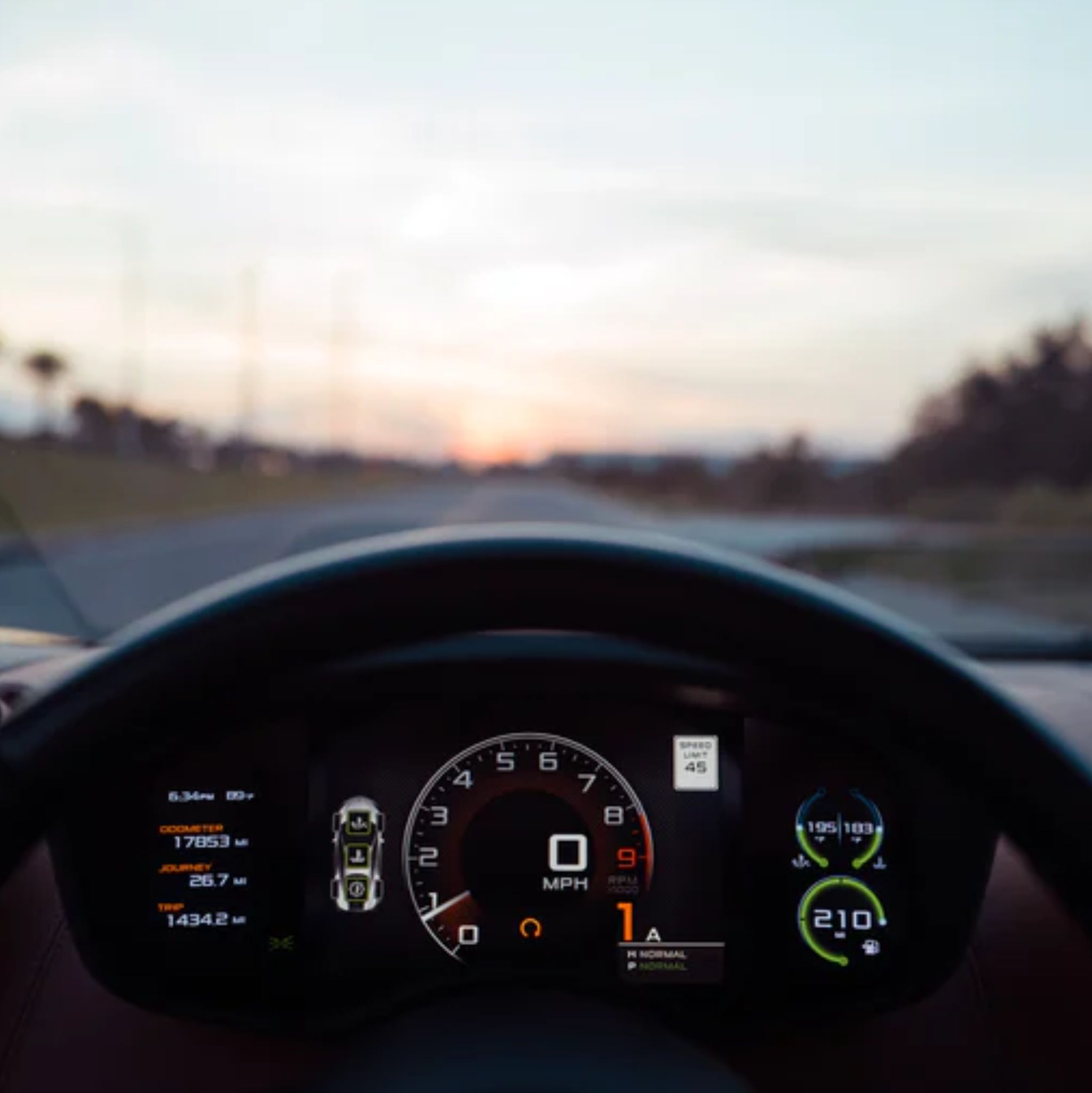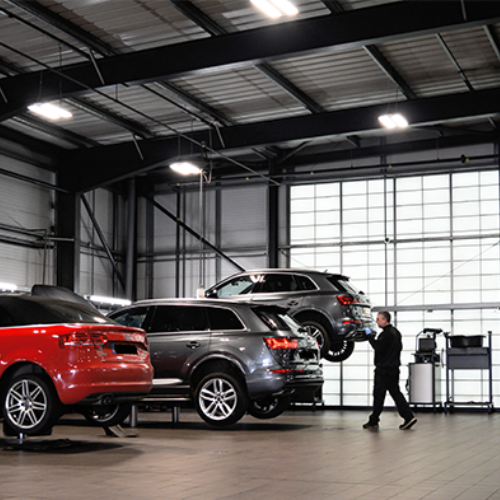What's checked in an MOT?
Lamps, reflectors and electrical equipment.
All brake lights and indicators must be functioning properly, the horn must sound continuously, and the battery must be firmly attached and not show any signs of leaking electrolytes.
Steering and Suspension
The security of your steering wheel and the condition of your suspension components and shock absorbers will be checked for signs of excessive corrosion, distortion, and fractures.
Brakes
Our technicians will ensure that your brakes, pedals and levers are in good condition and that all relevant warning lights operate properly. We'll also conduct a brake performance test to check brake efficiency.
Tyres and Road Wheels
Your tires must have an appropriate speed and load rating for your vehicle, and the tread depth must be at least 1.6mm.
Seat belts
Your seat belts, including all attachment and adjustment fittings, must be the correct length and functioning properly.
Body work
A thorough examination of the body, frame, engine mounts, seats, bonnet, trunk, and doors will be conducted to ensure that all parts are free of excessive rust and have no sharp edges that could cause harm.
Exhaust, fuel and emissions
Make sure that your exhaust system is securely attached and doesn't have any leaks. If your vehicle came with a catalytic converter originally, it must still be on the vehicle.
Driver's view of the road
Mirrors must be firmly attached, offer a clear and unobstructed view, and the windshield must be free from obstructions and have working wipers.
What can you check before your MOT to avoid failing?
Before taking your vehicle for an MOT, there are a number of checks you can carry out to ensure it is in the best possible condition for testing.
Start by checking your lights and indicators, making sure they are all working properly and are not cracked or broken.
Next, examine your tyres for any signs of wear and tear, ensuring they have the legal minimum tread depth of 1.6mm and are inflated to the correct pressure. You should also inspect your brakes, making sure they are responsive and there are no unusual noises when you apply them.
Other areas to check include your windscreen wipers, which should be fully functional and not leaving smears on the glass, and your seat belts, which must be in good condition and easily adjustable.
By carrying out these checks before your MOT, you can increase your chances of passing and avoid any unnecessary repair costs.

What is an MOT test?
MOT stands for Ministry of Transport test, which is a mandatory annual test that all vehicles in the UK over three years old are required to take in order to ensure they are safe to drive on the roads.
The MOT test assesses various aspects of a vehicle's safety and environmental impact, including brakes, lights, tyres, exhaust emissions, and seat belts. It is conducted by approved testing stations, which can include garages, car dealerships, and certain other service centres.
If a vehicle fails its MOT test, the owner is required to have the necessary repairs carried out before the vehicle can be legally driven on the road again. Without a valid MOT certificate, a vehicle is not legal to drive and the driver can face fines and penalties.




